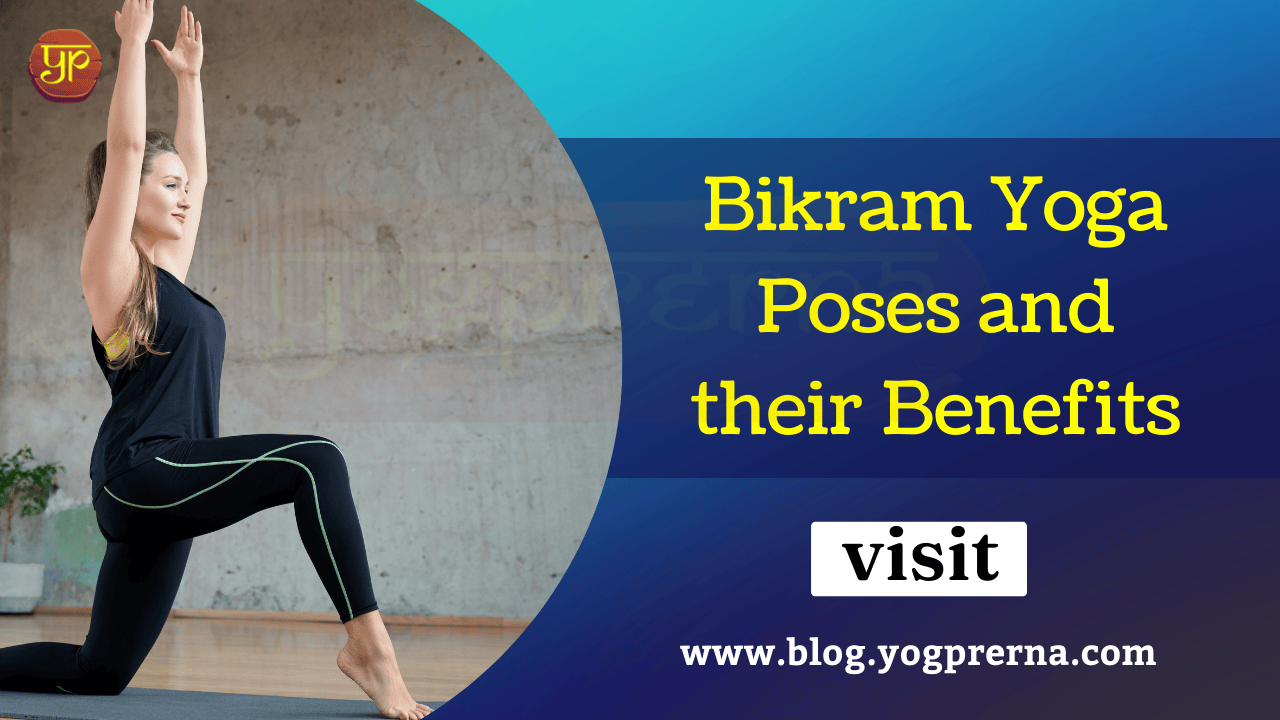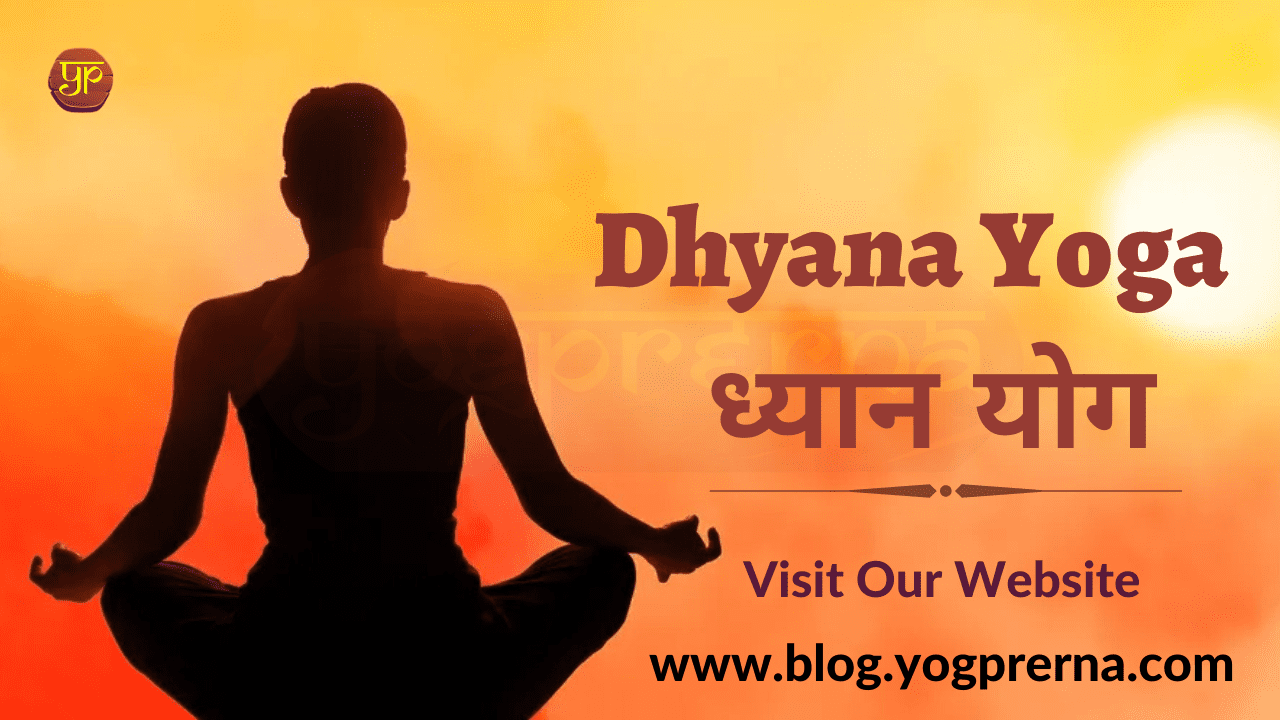Bikram Yoga Poses
Numerous people are devotees of the cult-favorite hatha yoga form known as “Bikram,” but it’s also one of many exercises you might want to look into before signing up for a class. For starters, don’t count on your teacher to show you the movements.
Since attention to these cues is believed to help practitioners quit thinking and be present, Bikram teachers are prepared to guide you through the flow as part of a form of meditation.
The conversation between the teacher and the learner largely remains the same wherever you practice throughout the world.
What exactly is Bikram Yoga?
In a setting that is at least 40 degrees celsius, students of the hot yoga style known as “Bikram” execute 26 asanas (postures) and pranayamas. The Bikram method was developed in the 1970s by yoga instructor “Bikram Choudhury” and is regarded as the first hot yoga technique.
In Bikram yoga, the teacher guides the students through 22 different poses during the 90-minute session, including the triangle pose, toe stand, cobra stance, and tree pose. The instructor also acts as a meditative coach.
Benefits of Practicing Bikram Yoga Poses
Bikram Yoga Poses has many benefits. We have pointed out some of them down below:
Less Impact: Yoga sessions in general have several physical advantages, such as improving heart health and increasing whole-body flexibility. As a result of the sluggish poses, Bikram yoga poses are a terrific low-impact workout, which is better for your joints than high-impact activity.
According to the study, however, doing yoga in a hot environment doesn’t increase these advantages; the workout is instead provided by the effort required to enter each posture rather than by your increased body temperature.
Utilizes the same steps: Going to your first yoga session can be a little frightening because the instructor might use positions or stretches that are novel to you. Every class in conventional Bikram follows the same order and sequence of 26 poses, and instructors frequently stick to a set script. The rhythm of a Bikram yoga poses session can make you feel at ease if you go to a new yoga studio.
A symbolic renewal offer: Yoga in a hot room doesn’t have any scientifically established physical advantages, but many participants experience a symbolic regeneration after a class, enabling them to “burn off the impurities” of a difficult day and promoting an overall feeling of well-being.
What are the beginner tips for Bikram yoga?
Here are some pointers to keep you happy and healthy when doing Bikram yoga:
- You could feel more inspired to exert greater physical effort in a hot, sweaty Bikram session, but be careful not to overdo it. You might not feel your muscles aching as much in a warm room as you would in a regular yoga class, and once you leave the studio and your body cools down, you might realize you’ve hurt yourself. Take a few ordinary yoga classes before attempting a heated session so you are familiar with the range of motion your body is capable of. To make sure you’re remaining safe throughout a Bikram session, pay close attention to your body.
- During Bikram yoga poses, your body will perspire heavily, therefore you don’t want to be burdened by fabrics like cotton that will retain water and trap sweat. Instead, use fibers like nylon or polyester that wick away sweat.
- If you’ve never practiced any type of hot yoga, you might not want to start with Bikram yoga poses because the challenging asanas and hotter environment can make it feel more intense. Instead, think about taking a good introductory hot yoga session to determine if you like hot yoga before considering Bikram.
- Bikram yoga poses involve intense sweating, therefore to prevent dehydration, drink water before and after the session. Prior to a Bikram session, make an effort to consume at least 6 cups of water during the day. However, try to limit your water intake right before the class starts because a belly full of water might make you feel uncomfortable or even queasy.
May You Like – Yoga Sutras of Patanjali || Bhakti Yoga in Bhagavad Gita
Frequently Asked Questions (FAQ)
-
How long do you hold poses in Bikram Yoga?
Every posture is continued for between 10 and 60 seconds (Balancing Stick) (Standing Head to Knee pose and Standing Bow). Keeping a position for 30 to 60 seconds helps build focus, resolve, and patience while strengthening your thigh and abdominal muscles.
-
What makes Bikram Yoga different?
Hot yoga is just frequent yoga practiced in a heated environment, whereas Bikram yoga entails a specific combination of 26 poses. Are you prepared to sweat? Bikram and hot yoga studios have temperatures between 90 and 105 degrees.
-
Is Bikram Yoga good for weight loss?
Bikram yoga is a great form of yoga for losing weight because heated muscles could burn more calories. Up to 600 to 1500 calories can be burned in a single Bikram yoga session.
-
What is Bikram Yoga called now?
Even when many people continue to call the Bikram series “hot yoga,” it is now recognized as the “Original 26 + 2.” The 90-minute exercise known as The Original 26 + 2 consists of 26 poses and two breathing techniques, most of which are repeated twice in the exact same manner.





